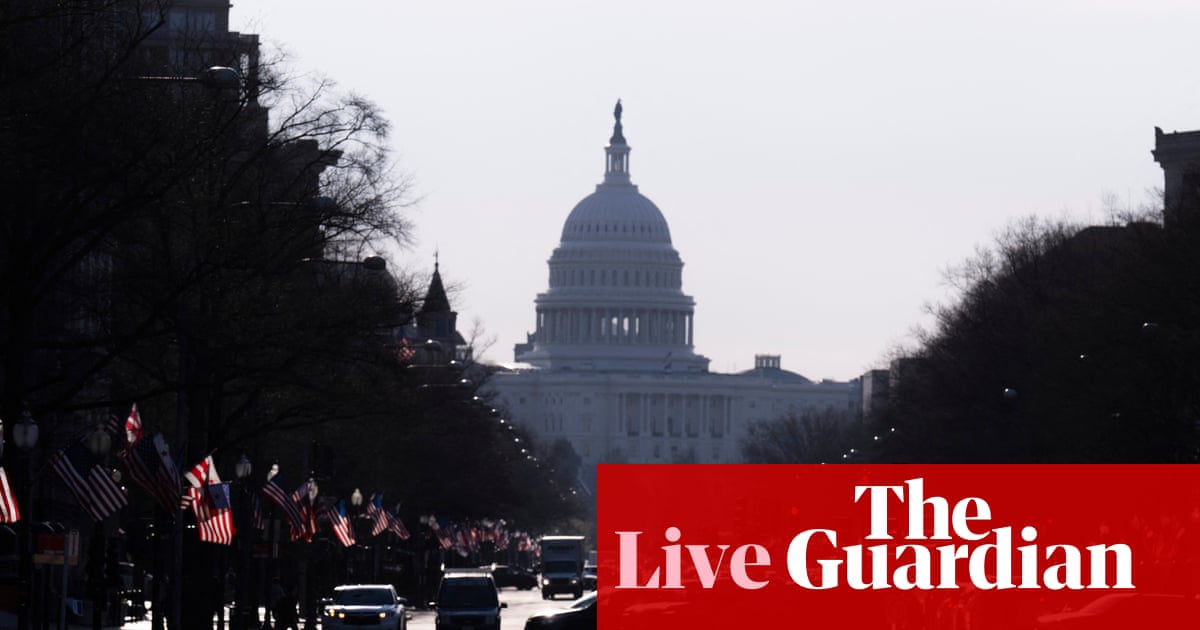T4K3.news
New Tax Law Signed by Trump
Trump's tax law will change financial regulations affecting upper-middle-class families.

The new tax law introduces significant changes affecting upper-middle-class Americans.
New Tax Law's Impact on Upper-Middle-Class Families
President Trump recently signed a tax law that brings major changes to the financial landscape for many Americans. This legislation includes an increase in the standard deduction and a boost in the Child Tax Credit, but it also makes previous tax cuts permanent and reduces funding for important services like Medicaid and Medicare. Finance experts note that while the new law has elements aimed at providing relief, it may not significantly benefit upper-middle-class families. Many in this income range, typically earning between $117,000 and $150,000, are likely to find the changes complex and not entirely favorable.
Key Takeaways
"This thing is mostly smoke and mirrors for upper middle class families."
Andrew Lokenauth critiques the perceived benefits of the new tax law for upper-middle-class families.
"The increased standard deduction gives them a bigger automatic write-off."
Peter Diamond explains how the standard deduction helps families who do not itemize.
"For a lot of upper middle class buyers in expensive housing markets, this wipes out a big deduction you probably relied on."
Andrew Lokenauth discusses the impact of mortgage interest deduction reductions.
"The truth is, wage earners will always pay the most in taxes, while asset owners often pay the least."
Peter Diamond highlights the disparity in tax burdens between wage earners and asset owners.
The new tax law illustrates a crucial shift in financial policy that may affect the upper-middle class differently than intended. While some new benefits like the increased standard deduction aim to simplify the tax filing process, many tax experts argue these changes are part of a broader trend that ultimately adds to the financial burdens faced by families in high-cost areas. The continuation of the SALT deduction cap means that residents in states like California and New York will still grapple with limitations that could negate perceived benefits from the tax law, potentially leading to ongoing discontent among voters.
Highlights
- The new tax law offers a mix of relief and challenges for upper-middle-class families.
- Understanding tax codes can turn burdens into benefits for informed taxpayers.
- Wage earners pay the most, while asset owners often benefit from lower rates.
- Complex tax changes mean some families could end up paying more than before.
Concerns Over Tax Law Impact
The new tax law may introduce financial strain on upper-middle-class families already facing high living costs.
As families navigate these tax changes, it remains essential to understand their implications fully.
Enjoyed this? Let your friends know!
Related News

Trump signs One Big Beautiful Bill

Electricity Rates Expected to Rise Significantly in Four States

Trump's spending bill adds $3.4 trillion to debt

Democrats accuse Trump of harming job growth

Trump's Bill Signed with Key Financial Changes

Trump announces new trade deal with EU

Kamala Harris rebrands as tough-on-crime at DNC

Donald Trump marks six months in office with drastic policy changes
